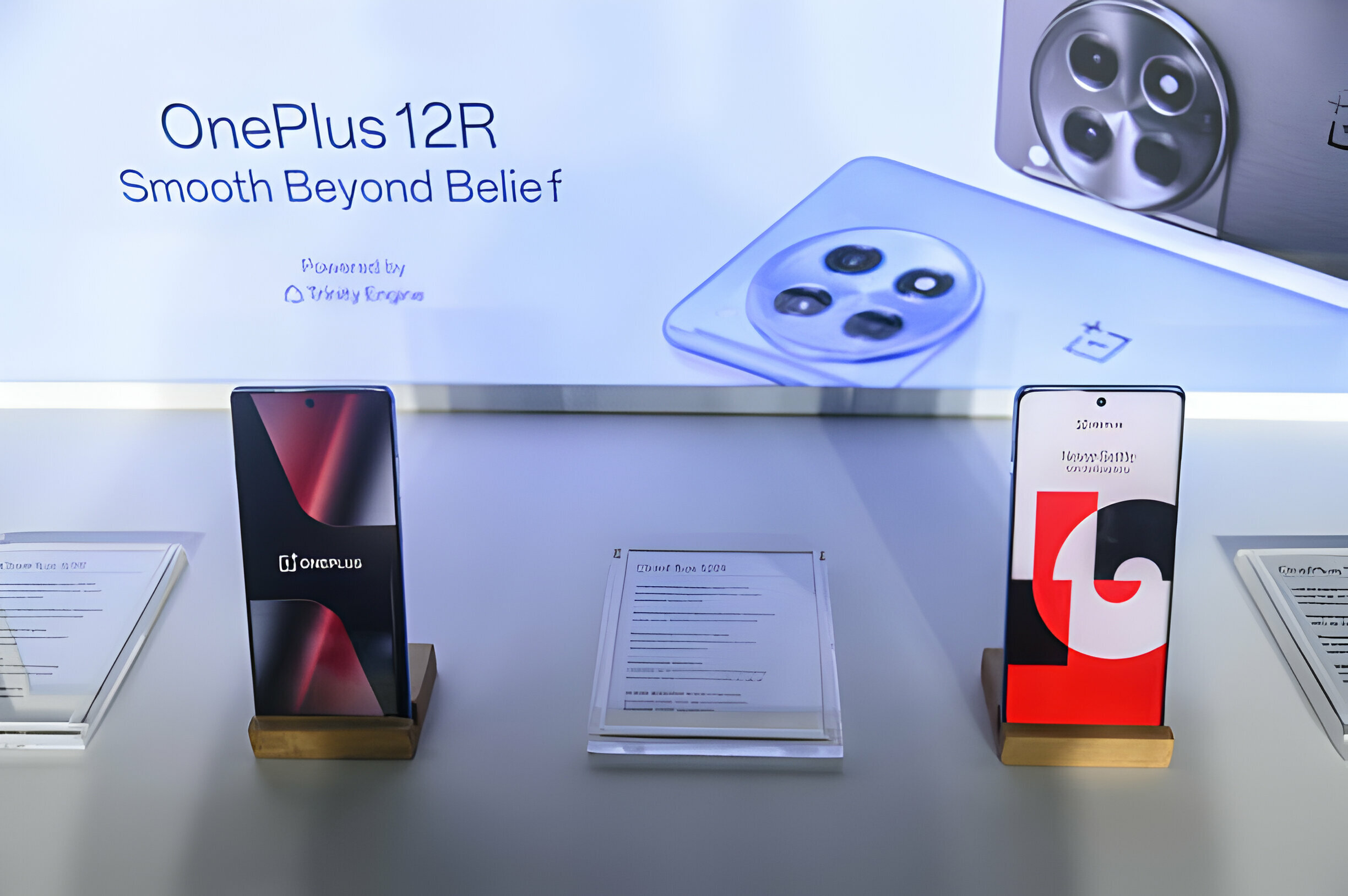Microsoft has just redefined what artificial intelligence can do. With the release of OmniParser V2, AI is no longer just a chatbot, a text generator, or a recommendation system. It’s now an agent that can control your computer. That means it can open applications, fill out forms, book flights, navigate websites, respond to emails, and essentially operate your machine as if a human were doing it—but faster, cheaper, and without ever needing a coffee break.
Microsoft OmniParser V2: A New Era of Efficiency and Cost Savings
The idea of AI handling mundane digital tasks is both thrilling and terrifying. On one hand, it can increase efficiency, cut costs, and revolutionize workplaces by eliminating repetitive tasks. On the other, it raises serious concerns about job losses, privacy risks, and the unchecked power of AI systems. Microsoft has made this tool completely free and open source, which means anyone can use it—from businesses looking to streamline operations to individuals who just want their AI to handle their emails.
This isn’t just another step forward in AI; it’s a giant leap toward full automation. But is that a good thing?
OmniParser V2 enables AI models like GPT-4o, DeepSeek R1, and Sonnet 3.5 to see your screen, recognize interface elements, click buttons, type commands, and interact with digital environments. Unlike previous AI assistants that only provided text-based responses, this tool allows AI to actually execute actions. Microsoft is betting big on AI-driven automation, and with its deep integration into Windows and Office applications, this could be the future of work.
The benefits of this technology are undeniable. Employees and businesses could offload tedious digital tasks to AI, allowing humans to focus on higher-level, creative work. Productivity will soar as AI handles scheduling, data entry, customer service interactions, and form-filling at speeds no human can match. Companies can save money by reducing the need for administrative and back-office workers. OmniParser V2 also brings greater accessibility, helping those with disabilities by enabling AI to navigate and operate systems hands-free. The vision is simple: AI that doesn’t just assist—it actually does the work.
The Bad: Job Losses, Privacy Nightmares, and AI Overreach
However, for every convenience this tool offers, it presents an equal number of concerns. If AI can fully control computers, what happens to the millions of jobs that rely on digital administrative work? Secretaries, customer service reps, office managers, and data entry professionals could find themselves replaced by AI-driven automation. The mass adoption of this technology could accelerate job losses, leading to an economy where only highly specialized or creative roles remain viable. The fear isn’t unfounded—previous waves of automation have displaced workers before, and this time, the transition could be even more brutal.
Then there’s the privacy nightmare. In order for AI to function as a digital agent, it needs access to your screen, files, and applications. While Microsoft claims that strong security measures are in place, history has shown that AI models have a habit of leaking sensitive data. If companies and individuals aren’t careful, this could lead to a surge in data breaches, unauthorized access, and AI-driven cyberattacks. Giving AI the ability to execute commands autonomously might sound convenient, but it also opens the door to abuse. Imagine a scenario where malware hijacks AI agents, using them to extract sensitive information, execute harmful commands, or manipulate financial transactions. The potential for harm is immense.
Beyond privacy, there’s the question of AI overreach. With AI now capable of operating digital workspaces, it is becoming increasingly autonomous. While the current version of OmniParser V2 still relies on human prompts, future iterations could automate entire workflows without human oversight. The fear isn’t just that AI will replace jobs—it’s that it will replace human decision-making altogether. The gap between humans and machines is shrinking, and at what point do we lose control over the systems we’ve created?
The Bigger Picture: Where Does This Lead?
The impact of this technology will be particularly felt in outsourced industries. India’s massive back-office and IT service sector could be among the hardest hit, as many of the tasks performed by these workers—such as data processing, customer support, and administrative work—could now be done by AI at a fraction of the cost. Governments will need to rethink labor policies, workforce retraining, and the ethical implications of widespread AI-driven automation.
Microsoft’s decision to make this tool open source only accelerates its reach. Developers and businesses across the world can now integrate AI automation into their workflows without any licensing fees or restrictions. That means small companies and independent developers can harness the same powerful AI capabilities as tech giants. This democratization of AI is exciting, but it also raises concerns about regulation and accountability. If anyone can build AI-powered digital agents, who ensures that they are used responsibly?
A Revolutionary but Dangerous Technology
Beyond the workplace, OmniParser V2 could change how individuals interact with their computers. Instead of clicking through menus and typing out responses, users could simply tell AI to “send an email,” “fill out this tax form,” or “book a flight”. The convenience factor is immense. But as people become more dependent on AI to handle digital tasks, they risk losing basic computer literacy. If AI becomes the default operator of our digital lives, will future generations even know how to manually navigate software?
The economic implications are vast. On one hand, businesses stand to gain from increased efficiency and reduced labor costs. On the other, governments might struggle with rising unemployment rates, increased income inequality, and social instability as more jobs become obsolete. Historically, automation has led to disruptions in the workforce, but AI-driven automation could replace white-collar jobs at an unprecedented scale.
Some experts argue that while low-skill digital jobs may vanish, new opportunities will emerge in AI supervision, prompt engineering, and human-AI collaboration. The question is whether enough new roles will be created to offset the job losses. If history is any indicator, adaptation will take time—and many workers may be left behind in the transition.
As the dust settles, OmniParser V2 raises more questions than answers. Who will regulate AI-powered automation? How can businesses implement it responsibly? Will this technology empower humans or render them obsolete? Microsoft has taken a bold step into the future, and while the benefits are undeniable, so are the risks.
AI is no longer just assisting—it’s taking control. The future isn’t just about answering questions anymore. It’s about who is in charge of the digital world: humans or machines?
This isn’t just the next era of AI. It’s the beginning of a major societal shift. The question is: Are we ready for it?
Read more: Satellite de vices off limits and off-grid in India




